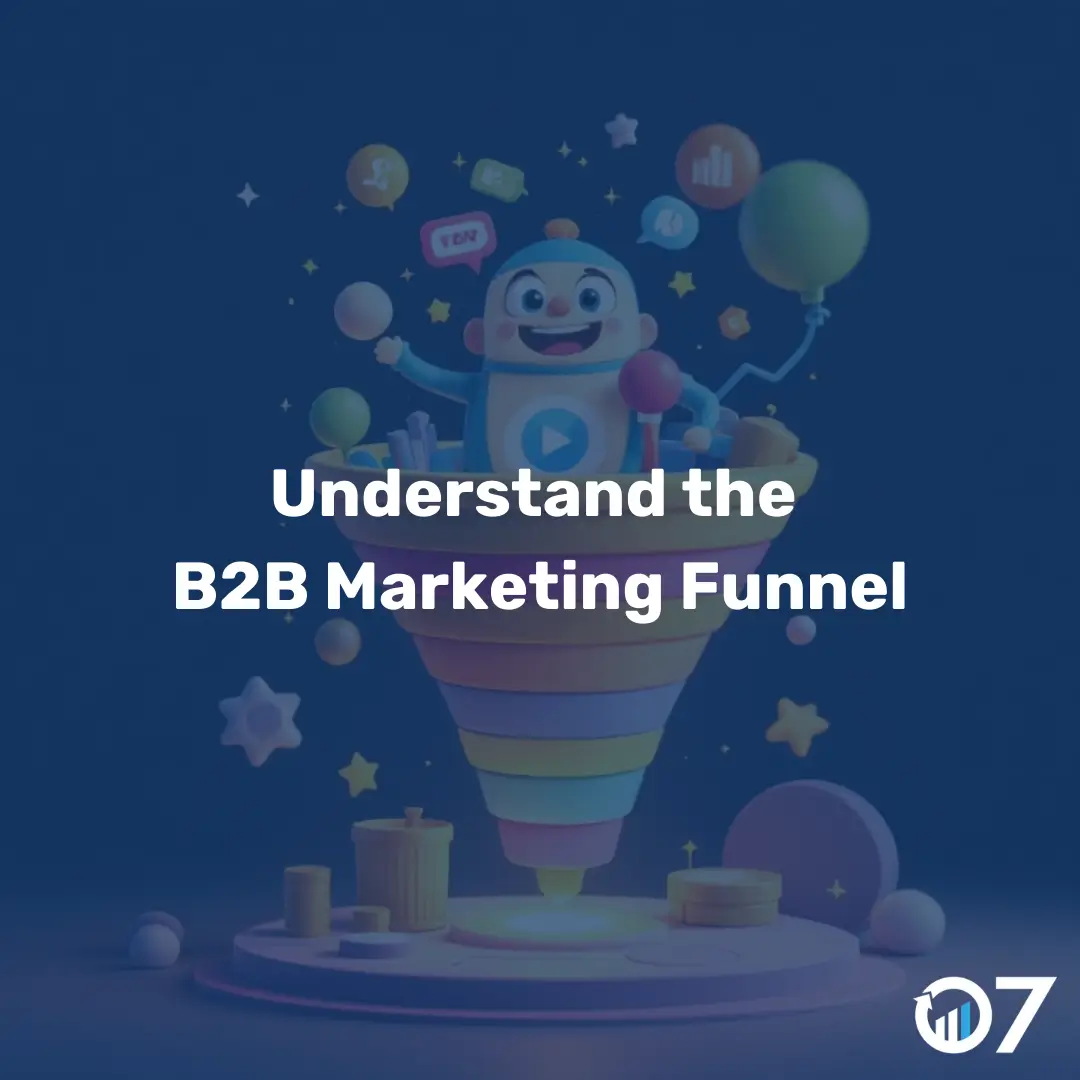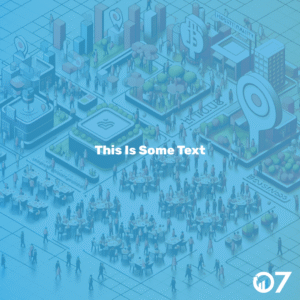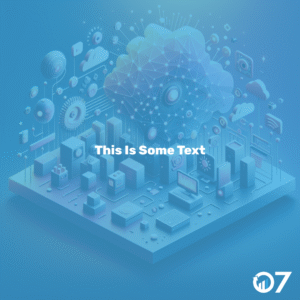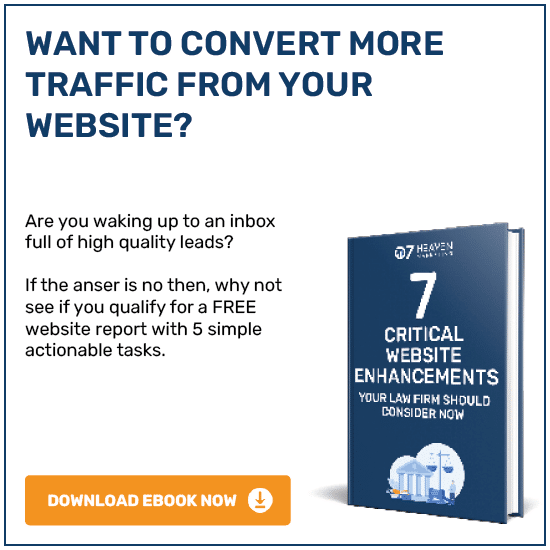The concept of the B2B marketing funnel has guided businesses in strategising their approach to reach potential clients. Dating back to the late 19th century with the inception of the AIDA model by Elias St. Elmo Lewis, the B2B marketing funnel has evolved to standardise and enrich the business buyer experience. Understanding and constructing this funnel is crucial for modern marketers aiming to guide potential clients from awareness to a purchasing decision.
Comprehending the B2B Marketing Funnel
The B2B marketing funnel is a strategic model that outlines the journey a business buyer undertakes before committing to purchasing a service or product. It serves to evaluate buyer needs and align content effectively. Unlike consumer purchases, business sales often involve a more intricate process with numerous stakeholders.
Stages of the B2B Marketing Funnel
Divided traditionally into top, middle, and bottom sections, the B2B marketing funnel serves as a guide through the sales journey:
Awareness Stage (Top of the Funnel)
In this phase, the objective is to make potential clients aware of a problem they may not realise they have and introduce your business as a viable solution. Strategically crafted content such as blog posts, videos, or social media insights plays a significant role in drawing interest. For instance, content teams battling disorganised workflows can benefit from solutions addressing these challenges.
Consideration Stage (Middle of the Funnel)
Once potential clients show interest, they evaluate options more deeply. Here, educational content showcasing your service’s value becomes essential. Trust-building through webinars, case studies, and comparison guides is critical in distinguishing your company from competitors. Experts stress the importance of balanced and targeted communication to ensure potential buyers have sufficient information to make informed decisions.
Decision Stage (Bottom of the Funnel)
In this stage, the goal is to provide buyers with the assurance needed to finalise their decision. It involves detailed content such as testimonials, pricing details, and free consultations that help overcome any last objections. Marketers should focus on offering clarity that converts interest into action by addressing uncertainties directly.
Purchase and Retention
While the primary marketing funnel journey might conclude here, nurturing the relationship post-purchase is paramount. Deliver valuable onboarding material and maintain contact through webinars and updates to foster brand loyalty and potential upsells.
Creating Your Own B2B Marketing Funnel
Crafting an effective B2B marketing funnel requires understanding the buyer’s journey. Key steps include:
- Understanding Your Buyer: Start with thorough audience research. Understand industries, revenue, pain points, and decision-makers. Collaborate with sales and support teams to gather insights.
- Building the Funnel: Define the buyer journey stages distinctly. Utilise marketing-qualified leads (MQLs) to judge success through funnel stages.
- Generating Appropriate Content: Tailor content that aligns with each stage. Whether it’s awareness-focused blogs or in-depth webinars, ensure information matches prospective clients’ needs at each phase.
- Strategising Content Distribution: Make content accessible where buyers are active. Balance organic and paid channels, focusing on SEO and leveraging platforms like LinkedIn for targeting professionals effectively.
- Tracking and Automation: Implement systems to monitor lead movement through the funnel. Use CRM tools to track interactions ensuring no leads drop off without follow-up.
- Coordinating Marketing and Sales: Harmonise efforts between departments. Define leads clearly and check and adapt your strategy regularly based on feedback.
- Optimising the Funnel: Regular data analysis is crucial. Investigate disengagement points, optimise conversion rates through testing, and refine tactics continually based on insights.
Real-World Application
Consider a content consulting business seeking to optimise its funnel. A B2B SaaS company might identify its decision-makers and employ content strategies that align with TOFU, MOFU, and BOFU principles. Maintain engagement through regular communication post-purchase to create brand advocates.
Conclusion: Mastering the B2B Marketing Funnel
The B2B marketing funnel remains an indispensable model for driving engagement and sales. As buyer behaviours and interaction channels evolve, marketers need to adapt strategies while keeping fundamentals intact. By understanding and applying each funnel stage thoughtfully, businesses can guide prospects smoothly to purchase decisions.
For more insights, visit our blog. Contact us via email at info@07hm.co.uk or call us on 01702 410663.





